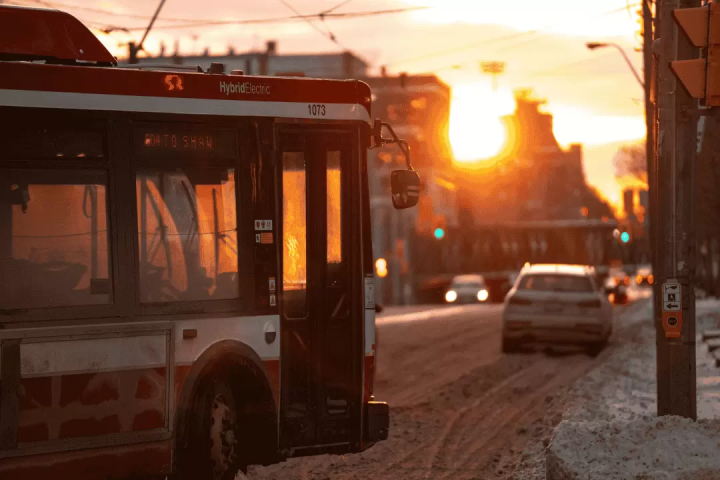Ink Brushes Used in Calligraphy - Japanese Culture and a Joyful Heart

This essay series by calligrapher Souun Takeda introduces aspects of Japanese culture through the prism of calligraphy. The seventh installment is about writing brushes, the most important item in calligraphy. Souun describes how brushes are made and the power they bring to calligraphers.
Souun Takeda: Calligrapher and Contemporary Artist
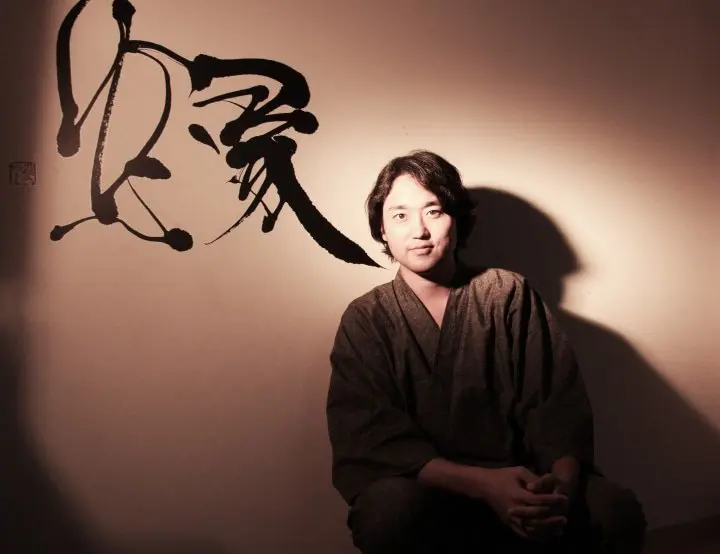
Picture courtesy of Souun Takeda Office
Souun Takeda, a calligrapher and contemporary artist from Kumamoto Prefecture, was born in 1975. After working as a company employee, he launched his career as a calligrapher in 2001. Since then, he has produced title credits for various TV programs and movies. Souun currently hosts calligraphy workshops and exhibitions all over the world.
In this essay series, Souun discusses the essence of Japanese culture through calligraphy.
Part 7: The Ink Brush as the Fourth “Treasure of Calligraphy”
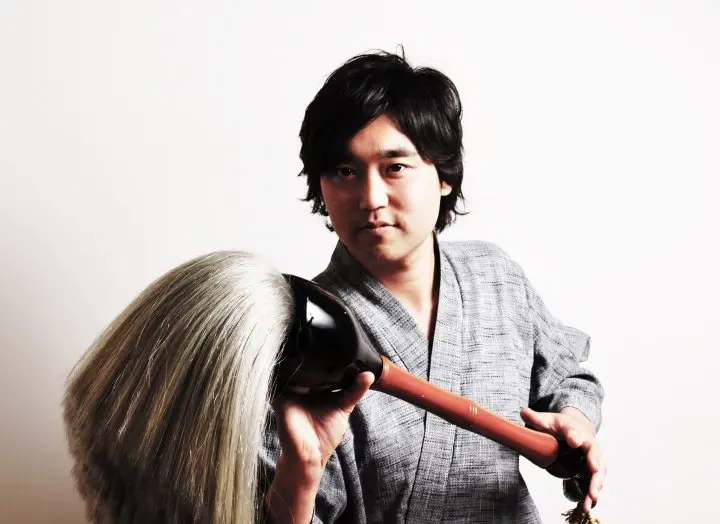
Picture courtesy of Souun Takeda Office
In the fifth and sixth essay in this series, I wrote about paper, inkstick, and inkstone as elements of the "Bunbo Shiho" ("The Four Treasures of Calligraphy"). In my seventh essay, I'll focus on the ink brush (fude), the last of the four treasures.
To a calligrapher, a brush is the equivalent of a samurai sword. To say it's the most important item is not an understatement.

Picture courtesy of Souun Takeda Office
The calligraphy brush may look bushy but its tip sharpens after being soaked in ink. The unique form of the bristle, along with its softness, allows the calligrapher to write freely.
When you put the ink brush on paper, there is resilience. This allows for lines to be drawn both softly and firmly.
In addition to drawing vertical and horizontal lines, diverse shapes can be created by rotating the handle or subtly moving your wrist.
While writing with a brush can be difficult, it is an exceptional skill that calligraphy offers.
Rhythm is an important factor in creating beautiful lines. Just as it's difficult to listen to music that doesn't have a steady beat, lines in calligraphy must also have a certain rhythm.
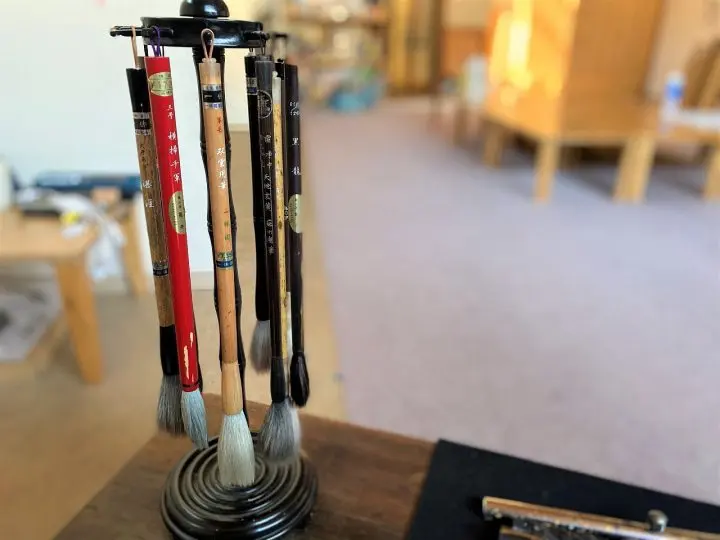
Picture courtesy of Souun Takeda Office
Ingenious artisans work hard to make brushes that allow calligraphers to express themselves freely.
After multiple visits to their workshops and participating in the manufacturing process, I was deeply touched by their attention to detail. The whole process involves over two hundred steps. Let's take a closer look!
An ink brush is made from animal hair, typically from goats and horses. Goat hair is soft and resilient, while horsehair is stiff in comparison.
They are rubbed with ashes to remove the oil so that the bristle will absorb the ink and straighten them. Excessive hair is removed and trimmed in a layered style to make the tip sharper.
Some brushes use different hair types at the top, middle, and root of the bristles, respectively. There are even brushes that use different hair on the inside and outside of the bristles.
The hair is bundled using glue and strings before being connected to the handle.
Artisans take great care in making a brush that will delight calligraphers. I once made an order to Mr. Kamei, an Edo brush artisan. The piece he made after observing my writing tendencies was effortless to use.
When I made a harai (sweeping stroke) at the end of a word, it felt like the brush was moving on its own! This was a sensation I had not experienced before.
A brush is an important tool for any calligrapher. I have nothing but gratitude towards artisans.
Letters of the Day: Fude Shokunin
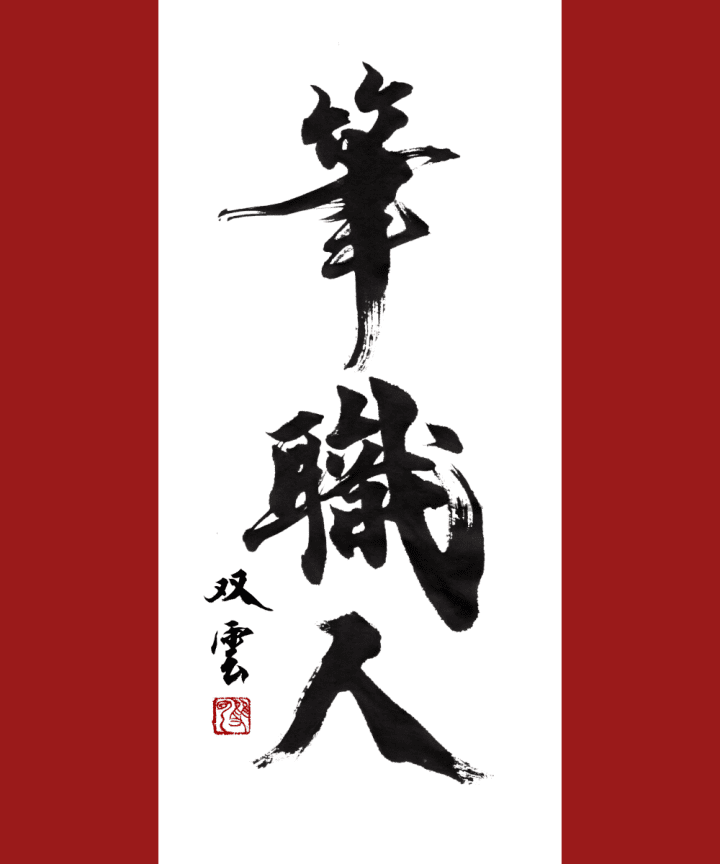
”Fude Shokunin” ("Brush Artisans”) by Souun Takeda. Picture courtesy of Souun Takeda Office
This is a tribute to the exceptional skills of the fude shokunin (brush artisans) whose support is essential to calligraphers.
Read also
Main image courtesy of Souun Takeda Office
Born in 1975 in Kumamoto. After graduating from the Tokyo University of Science, we worked for NTT, then started his career as a calligrapher. He has produced various title cards for TV programs and movies, including TV series by NHK. In 2020, he held his first individual contemporary art exhibition. Currently, he holds calligraphy workshops and exhibitions all over the world.






























![[Yamanashi/ Hokuto City] 4 Hot New Spots Opening in 2026](https://resources.matcha-jp.com/resize/720x2000/2025/12/12-252747.webp)



